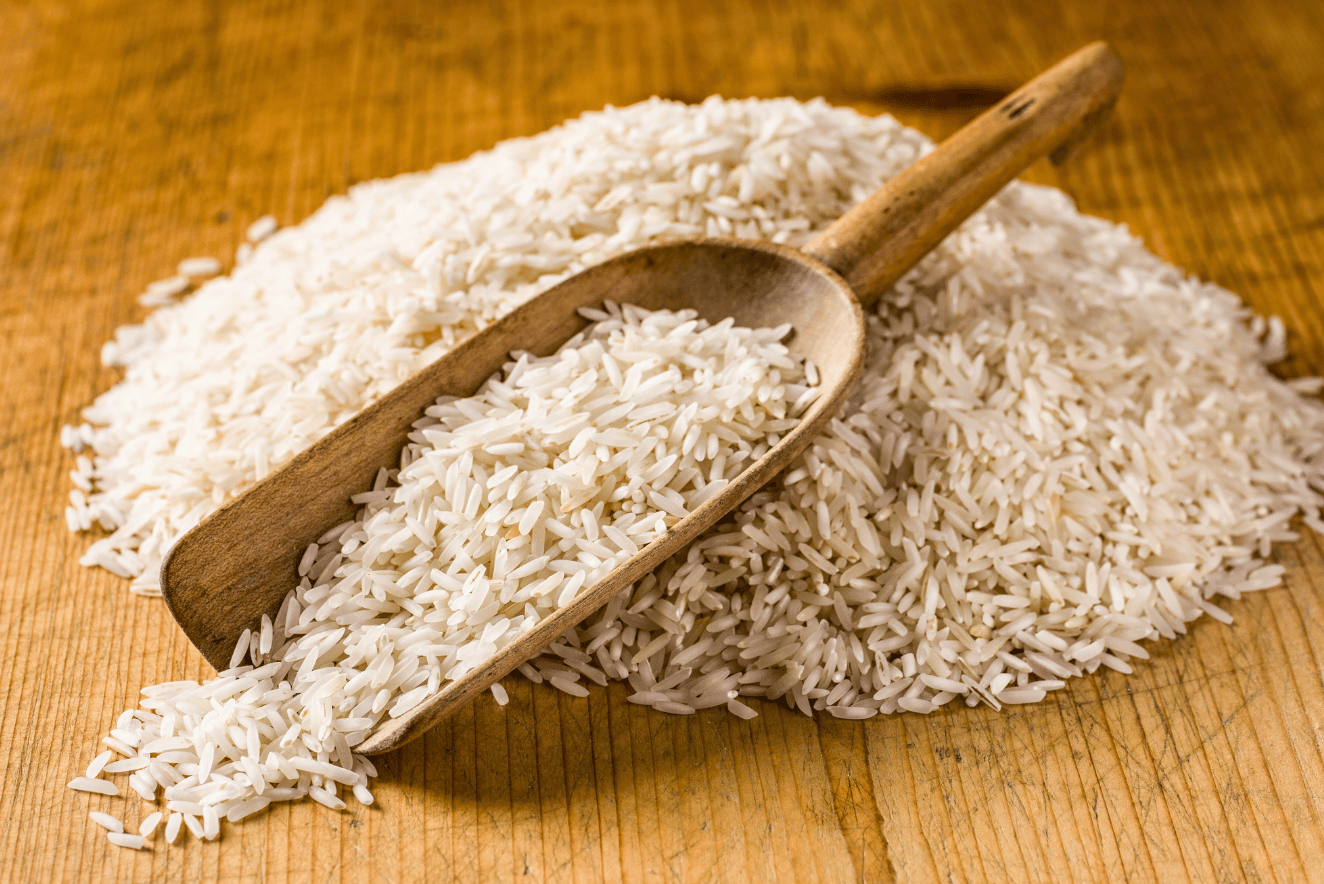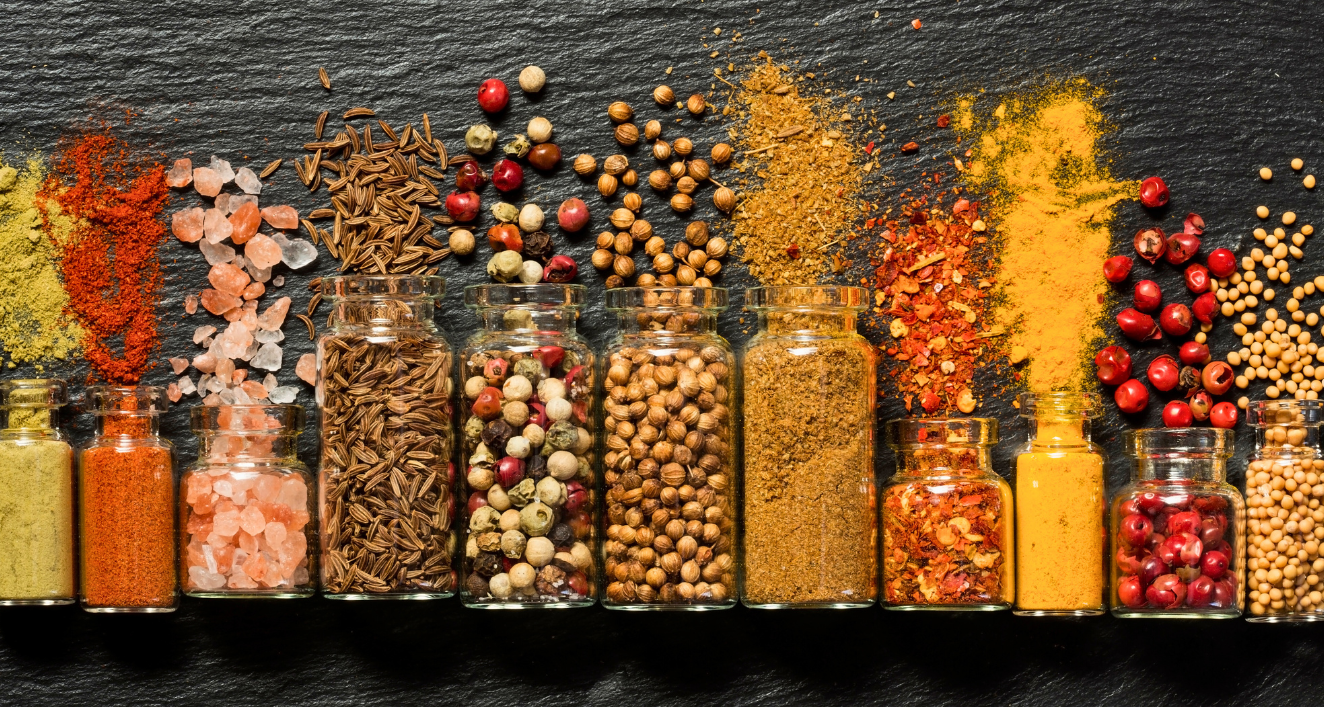The basmati rice origin story begins in the majestic Himalayan foothills, where this legendary grain has been cultivated for thousands of years. I first learned about this incredible heritage when my husband Adeel, who grew up in Pakistan, introduced me to basmati rice in Mexico. As he cooked, the intoxicating aroma filled our kitchen – a delicate, nutty fragrance that told a story stretching back to ancient times.
As a Mexican married to a Pakistani, I’ve discovered how basmati rice isn’t just food – it’s an integral part of South Asian cultural heritage that has crossed borders to create beautiful cultural fusions in our own home. The moment I tasted that perfectly cooked basmati rice, I understood why this grain, indigenous to the Indian subcontinent, has been treasured for millennia. Today, this “queen of rice” commands a staggering $13.8 billion global market, with its value expected to reach $21.2 billion by 2028.
In this comprehensive guide, we’ll explore the fascinating origins of basmati rice, uncover the science behind its unique properties, and share authentic cooking techniques passed down through generations. Whether you’re a culinary enthusiast or simply curious about this extraordinary grain, you’ll discover why basmati rice has captivated food lovers for millennia.
The Ancient Basmati Rice Origin Story
Historical Timeline
The story of basmati rice begins in the fertile valleys of the Indian subcontinent, particularly in what is now Pakistan and northern India. The word “basmati” itself comes from the Sanskrit term “vasmati,” meaning “fragrant” or “full of aroma.” Archaeological evidence suggests that rice cultivation in this region dates back to 2500 BCE, with basmati varieties being selectively bred for their distinctive characteristics over thousands of years.
Geographic Significance
The unique geography of the Himalayan foothills plays a crucial role in basmati rice’s development. The combination of mineral-rich soil, pure glacier water, and specific climate conditions creates the perfect environment for cultivating this exceptional grain. Traditional basmati-growing regions include:
- Punjab (Pakistan and India)
- Haryana
- Himachal Pradesh
- Uttarakhand
- Western Uttar Pradesh
These areas provide the precise balance of:
- Temperatures (20-27°C during growing season)
- Humidity levels (60-80%)
- Soil composition (rich in zinc and other minerals)
What Makes Basmati Rice Truly Special
The Science of Aroma
Basmati’s signature fragrance comes from a natural compound called 2-acetyl-1-pyrroline (2-AP), which is present in significantly higher concentrations than in other rice varieties. This is the same compound found in pandan leaves, explaining why some describe basmati’s aroma as reminiscent of this Southeast Asian ingredient.
The aging process enhances this distinct fragrance. Traditional producers age their basmati rice for 12-18 months before sale, allowing the grains to develop:
- Stronger aroma
- Better grain integrity
- Enhanced elongation properties
- Lower moisture content
Nutritional Profile
When compared to other rice varieties, basmati stands out nutritionally:
| Nutrient Factor | Basmati Rice | Regular White Rice |
|---|---|---|
| Glycemic Index | 50-58 | 70-75 |
| Fiber Content | Higher | Lower |
| Essential Oils | Rich | Limited |
| Protein Quality | Superior | Standard |
The Science Behind Basmati’s Superiority
Genetic Heritage
Basmati rice’s unique characteristics are protected by specific DNA markers, making it one of the few rice varieties with protected geographical indication (GI) status. The genetic makeup of true basmati results in:
- Exceptional grain elongation during cooking
- Non-sticky texture after cooking
- Distinct aroma compounds
- Specific grain shape and size
Growing Requirements
Success in cultivating premium basmati rice depends on exacting conditions:
- Altitude: 250-1,200 meters above sea level
- Soil pH: 6.5-7.5
- Growing season: 130-145 days
- Water requirements: Carefully managed irrigation
Traditional Uses in South Asian Cuisine
Classic Dishes
In Pakistani and Indian cuisine, basmati rice forms the foundation of numerous celebrated dishes:
Biryani Variations:
- Lahori Biryani
- Lucknowi Biryani
- Sindhi Biryani
- Hyderabadi Biryani
Pulao Techniques:
- Yakhni Pulao
- Matar Pulao
- Shahjahani Pulao
- Zafrani Pulao
Cultural Significance
Rice, particularly basmati, holds deep cultural significance:
- Wedding ceremonies feature elaborate rice-based dishes
- Religious offerings often include sweet rice preparations
- Family gatherings center around rice-based meals
- Festival celebrations incorporate specific rice traditions
Perfect Basmati Rice Guide
Selection Tips
To ensure you’re getting authentic, high-quality basmati rice:
- Visual Inspection:
- Look for long, slender grains
- Check for a slight golden or beige tint
- Avoid broken or damaged grains
- Age Verification:
- Aged basmati will have a stronger aroma
- Packaging should indicate aging period
- Premium brands typically age minimum 12 months
Here are our top picks for basmati rice, available to order online from Amazon (affiliate links):
Iberia Premium India Basmati Rice
Cooking Method
For perfect basmati rice every time:
- Preparation:
- Rinse rice 3-4 times until water runs clear
- Soak for 30 minutes (optional but recommended)
- Drain thoroughly
- Cooking Ratio:
- 1 cup rice : 1.5 cups water (rice cooker)
- 1 cup rice : 1.75 cups water (stovetop)
- Cooking Steps:
- Bring water to boil
- Add rice and pinch of salt
- Reduce to simmer, cover tightly
- Cook for 15-18 minutes
- Let rest 10 minutes before fluffing
If you’re looking for rice-cooking equipment, here are our top recommendations (with affiliate links):
Best pot for stovetop rice: This Heavy-bottom pot pot is ideal for even cooking and preventing sticking.
Top rice cooker: Our go-to choice when we’re busy.This Rice cooker allows for hands-free cooking with consistent results.
Best rice storage container: To keep rice fresh, it’s essential to store it in a sealed, moisture-free container. We recommend this Storage container, which also works as a dispenser and includes a measuring cup.
Modern Recognition and Status
Quality Standards
Modern basmati rice is protected by strict quality controls:
GI Protection:
- Limited growing regions
- Specific variety requirements
- Traditional processing methods
Export Regulations:
- Quality testing requirements
- Age verification
- Pesticide monitoring
- DNA testing for authenticity
FAQs About Basmati Rice
Q: Why is basmati rice more expensive than other varieties?
A: The higher price reflects its limited growing region, long aging process, and protected status, plus the strict quality controls required for authentic basmati.
Q: How can I tell if I’m buying real basmati rice?
A: Look for protected geographical indication (GI) certification, elongated grains, strong aroma, and reputable brands from traditional growing regions.
Q: Does basmati rice need to be soaked before cooking?
A: While not strictly necessary, soaking for 30 minutes helps achieve better length, texture, and separate grains after cooking.
Q: How should I store basmati rice?
A: Store in an airtight container in a cool, dry place. Properly stored, it can last up to 2 years, with flavor improving through aging.
Q: Is basmati rice healthier than other rice varieties?
A: Basmati has a lower glycemic index and contains more essential oils and aromatic compounds than many other rice varieties, making it a healthier choice for many people.
Conclusion
The story of basmati rice is one of tradition, science, and cultural heritage coming together to create something truly exceptional. From its ancient origins in the Himalayan foothills to its protected status today, basmati continues to captivate food lovers worldwide with its unique properties and extraordinary versatility.
Whether you’re cooking a simple weekday meal or preparing an elaborate feast, choosing quality basmati rice and following proper cooking techniques will elevate your dishes to new heights. As we say in our household, bringing together Pakistani and Mexican culinary traditions, great rice is the foundation of unforgettable meals.



